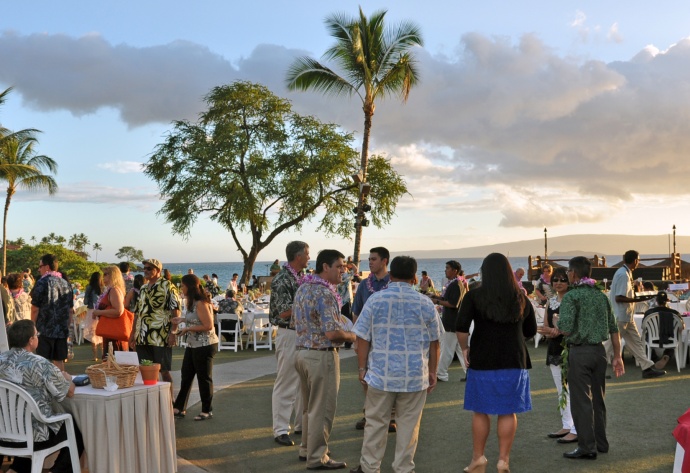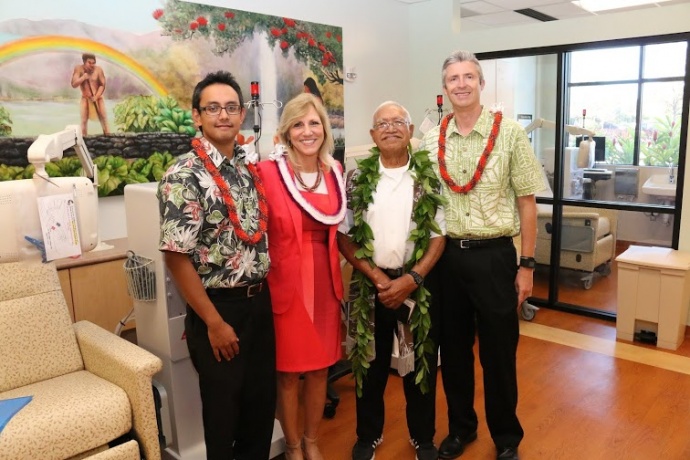Action Points
The overall risk of death and access to arteriovenous fistula (AVF) for patients with kidney disease vary widely depending on geographic location, says a new study.
Researchers looked at more than 460,000 patients and found that the percentage of those with end-stage renal disease (ESRD) who received AVF on first dialysis ranged from 11.1% to 22.2% depending on where the patient lived (P<0.001). New England, Northern Midwest, Northern California, and Southern California had a significantly lower risk of dying among patients when compared with Arkansas, Louisiana, and Oklahoma (hazard ratio 0.99 versus 1.27; P<0.001) at an average follow-up time of 1.6 years.
The study was led by Devin Zarkowsky, MD, at the Dartmouth-Hitchcock Medical Center in Lebanon, N.H., and researchers published their findings on Wednesday in JAMA Surgery.
"If you are a person with kidney failure in Texas, you're in trouble, but if you're in New England you're golden, and that's profoundly troubling because the quality of care shouldn't be predicated on your ZIP code," says one of the authors, Mahmoud Malas, MD, at the Johns Hopkins University School of Medicine, in a press release.
The highest rates of AVF use were found in New England (21.3%) -- which includes all states east of New York -- and in the Pacific Northwest (22.2%). Those percentages were twice what was seen in regions with lower rates like Florida and Texas. Southern California had the lowest rate at 11.1% (P<0.001).
There are 18 different ESRD Network Programs in the U.S. They connect local services with the federal government and monitor the quality of kidney care in the US, according to the website of The National Forum of ESRD Networks. Southern California is its own network, but in others, several states are lumped into the same network.
Previous research has shown that using a fistula at hemodialysis leads to improved outcomes and lower costs, but most patients still receive a catheter. In addition, AVF use has been shown to be associated with age, sex, race, and socioeconomic class. "Findings from our study extend these results and demonstrate that location within the United States affects incident access type and, more important, associated mortality," wrote the authors.
Data for the study were collected from the U.S. Renal Data System. All of the patients received treatment for ESRD at some time from 2006 to 2010. Information about demographics, insurance status, access type, and nephrology care was collected.
The authors also found that several factors predicted access to AVF. Nephrology care was significantly associated with incident AVF use, and New England had the highest frequency of nephrology care at 74.3%. Network three, which includes New Jersey, Puerto Rico, and the U.S. Virgin Islands, had the lowest frequency at 54.0%; they also had among the lowest use of AVF at 13.3%.
"This stark effect suggests that the most expedient intervention to improve pre-hemodialysis AVF creation will come from aggressively directing patients with declining kidney function to nephrologists," wrote Zarkowsky and colleagues.
Congestive heart failure and immobility were negatively correlated with AVF at first dialysis, found the study. Those two factors cut the frequency of AVF in half, according to the authors. The mean frequency of ESRD patients with congestive heart failure was 33.6%, with an AVF frequency of 11.0%. New England had the highest prevalence of patients with ESRD and congestive heart failure, yet still had the highest rate of AVF use.
"These findings suggest that AVF construction is clinically feasible and that the negative bias associated with preoperative congestive heart failure is perhaps unfounded," wrote the authors.
Frequency of AVF still remains low overall according to the researchers; the Fistula First Catheter Last guidelines state that half of all patients should use AVF. "Combined with our study and others quantifying these effects, there is a clear body of evidence for the need to redress regional inequities in ESRD patient care," concluded the researchers.
Limitations of the study included the large size of the database, making it difficult to link cause of death with disease. In addition, those that enter data for Medicare and Medicaid patients include physicians, mid-level staff, and nurses, which could lead to inconsistency and errors.
It's also possible that some variables not recorded, like access to vascular surgery, could affect the findings of the study. Some patients moved between network programs, which could have confounded the results.
Researchers disclosed no relevant relationships with industry.
|
 Log in to explore the world's most comprehensive database of dialysis centres for free!
Log in to explore the world's most comprehensive database of dialysis centres for free!  Professional dialysis recruitment
Professional dialysis recruitment





 Hawai‘i Coffee Supplier Awarded National Honor
Hawai‘i Coffee Supplier Awarded National Honor Benefit Dinner Supports a Legacy of Caring for Maui’s Kupuna
Benefit Dinner Supports a Legacy of Caring for Maui’s Kupuna
